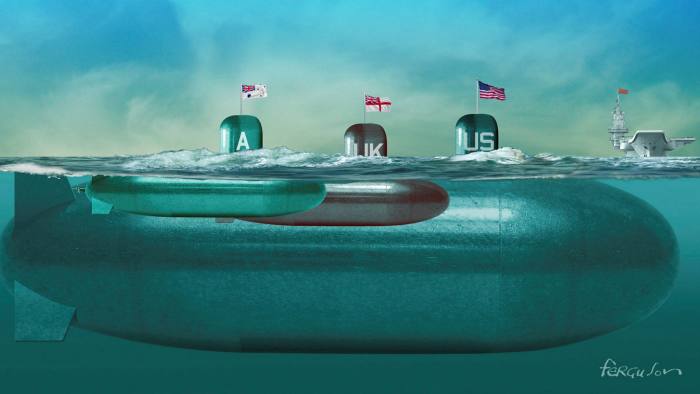The Hague Centre for Strategic Studies
January 30, 2024 Download PDF

How should Europe strengthen its engagement with the Indo-Pacific? While the continent is highly dependent on trade from the region, it has limited capabilities to protect its interests in the face of growing Sino-American competition. This new HCSS report by Paul van Hooft, Benedetta Girardi and Alisa Hoenig examines how European states can engage in the Indo-Pacific by deepening cooperation with regional powers.
The Indo-Pacific comprises many actors, which are positioned along key chokepoints and share geopolitical and geoeconomic interests in protecting crucial sea lines of communication with Europe. This report does two things to establish pathways for deeper European engagement with Indo-Pacific states:
- Based on relevance for maritime security and political affinity with European countries, it assesses the suitability of regional states as partners. Besides the usual suspects Australia, Japan and South Korea, it identifies an “inbetweener” group of countries, with whom cooperation can be fruitful but is not guaranteed, and states with whom engagement is unlikely to yield beneficial results.
- It then zooms in on the “inbetweeners” to determine pathways for deepening ties. By comparing bilateral relations between different European and Indo-Pacific states along security, trade and investment, and capacity-building and infrastructure, the authors identify relative strengths and weaknesses of European states. Finally, they also contrast Europe’s involvement with that of China and the United States.
Based on the analysis, the report recommends to strengthen European collaboration with more ambivalent Indo-Pacific states, with a focus on trade and investment and capacity-building in the short- to medium-term.
This report is published by the HCSS Europe and the Indo-Pacific Hub (EIPH), and part of the series Guarding the Maritime Commons.
Authors: Benedetta Girardi, Paul van Hooft and Alisa Hoenig. Contributors: Giovanni Cisco.
The research for and production of this report has been conducted within the PROGRESS research framework agreement. Responsibility for the contents and for the opinions expressed, rests solely with the authors and does not constitute, nor should be construed as, an endorsement by the Netherlands Ministries of Foreign Affairs and Defence.






 On 19 April 2021, the Council adopted conclusions on an EU Strategy for cooperation in the Indo-Pacific
On 19 April 2021, the Council adopted conclusions on an EU Strategy for cooperation in the Indo-Pacific 
:quality(70)/cloudfront-us-east-1.images.arcpublishing.com/mco/ULVBN554SNBVZBLCNA2ZS3D3KM.jpg)